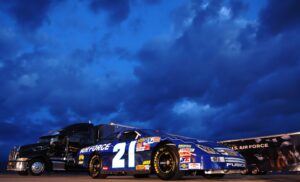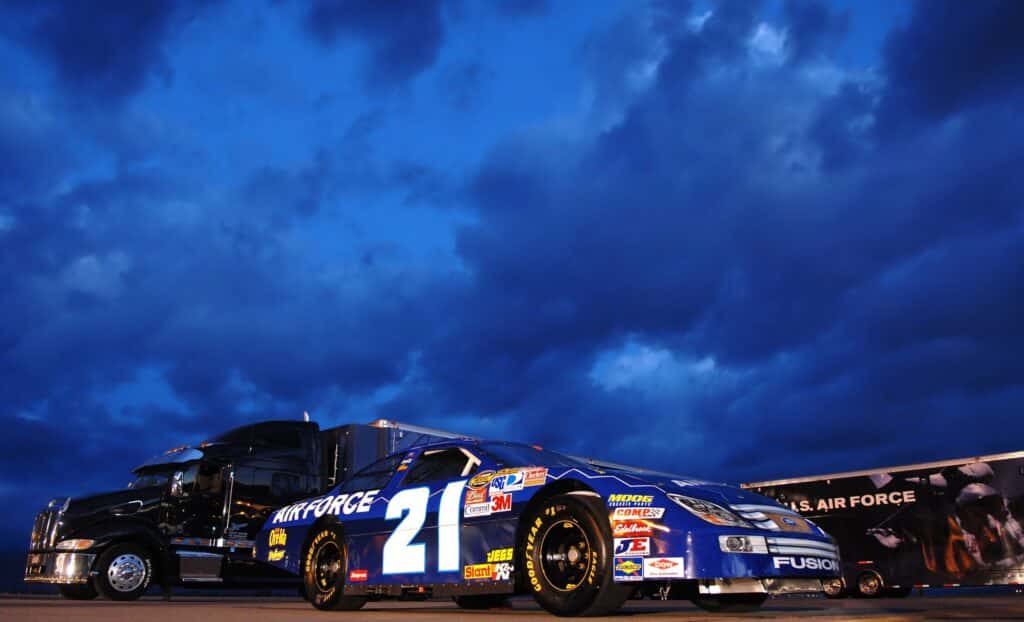No products in the cart.
Fun Facts
The future of NASCAR, America’s most vibrant motor racing sport.
 The future of NASCAR, America’s most vibrant motor racing sport, poses a string of questions and uncertainties in the face of mounting challenges, notably dwindling viewership and waning track attendance.
The future of NASCAR, America’s most vibrant motor racing sport, poses a string of questions and uncertainties in the face of mounting challenges, notably dwindling viewership and waning track attendance.
Drawing an intriguing portrait of a sport grappling with transformation, NASCAR’s future roadmap promises to be a crucible where the quintessential American racing spectacle seeks to reclaim its magic, recapture lost audiences, and discover uncharted opportunities.
For decades, NASCAR, the National Association for Stock Car Auto Racing, pulsated through the veins of American sporting culture. It translated the nation’s love for speed and thrill into a spectator sport that amalgamated skill, courage, and raw horsepower. Echoing across speedways and living rooms, NASCAR’s symphony of growling engines and screeching tires incited adrenaline and enthralled spectators.
However, recent times have borne witness to a disquieting ripple effect, as the sport confronts declining viewer engagement and flagging race-day attendance. These challenges, much like the unwelcome backmarkers in a high-octane race, threaten to clip the sport’s momentum, compelling us to consider: what does the future hold for NASCAR?
Echoing the concerns of its passionate fanbase, NASCAR recognizes these challenges and seeks innovative solutions to revitalize its standing. The organization continues to chart a course that will entice past enthusiasts back to the asphalt arenas, intrigue new spectators, and sustain the essence that makes NASCAR unique.
The sport has been tapping into the potential of technological innovations, striving to enhance the viewer experience while maintaining the raw thrill of racing. By incorporating advanced telemetry for intricate car performance analysis, implementing immersive Virtual Reality (VR) experiences for remote fans, or harnessing the ubiquity of social media platforms for a broader reach, NASCAR has been diligently weaving technology into its fabric.
A pivotal element in NASCAR’s future will undoubtedly be the next generation of drivers. Today’s young racers exhibit a blend of precocious talent and tenacity that hints at a promising tomorrow. The organization is investing in nurturing these budding talents, understanding that their success on the track might just be the spark needed to reignite NASCAR’s flame among a younger demographic.
Importantly, NASCAR is acutely aware of the need to revisit and innovate its race formats and schedules. The prospect of shorter, more intense races, or perhaps twilight races under the glow of floodlights, could indeed provide a compelling spectacle, ensuring the sport remains captivating while adapting to modern viewing habits.
Moreover, NASCAR’s commitment to sustainability, epitomized by the Next Gen cars featuring fuel-efficient engines and sustainable materials, signals a cognizant approach towards a greener future. This move stands as a testament to NASCAR’s desire to be part of the solution to global environmental challenges, a standpoint that will likely appeal to a more eco-conscious viewer base.
Yet, NASCAR’s success in maneuvering these challenges will not be merely judged by television ratings and track attendance. Its true litmus test will be whether the sport can retain its authenticity and allure while charting new territories. Will it be able to engage the nostalgic veteran fan while luring the Gen-Z viewer? Can it captivate the armchair enthusiast and the thrill-seeking trackside spectator alike? These are the questions that will shape NASCAR’s future.
The rumble of NASCAR’s engines may have quietened, the glare from the grandstands dimmed, but the spirit of the sport — its resilience, its will to evolve — remains unflinching. Even as it acknowledges the hurdles, NASCAR remains indefatigable in its quest for a resurgent future, a future that once again finds the roar of engines reverberating across crowded grandstands and millions of homes.



